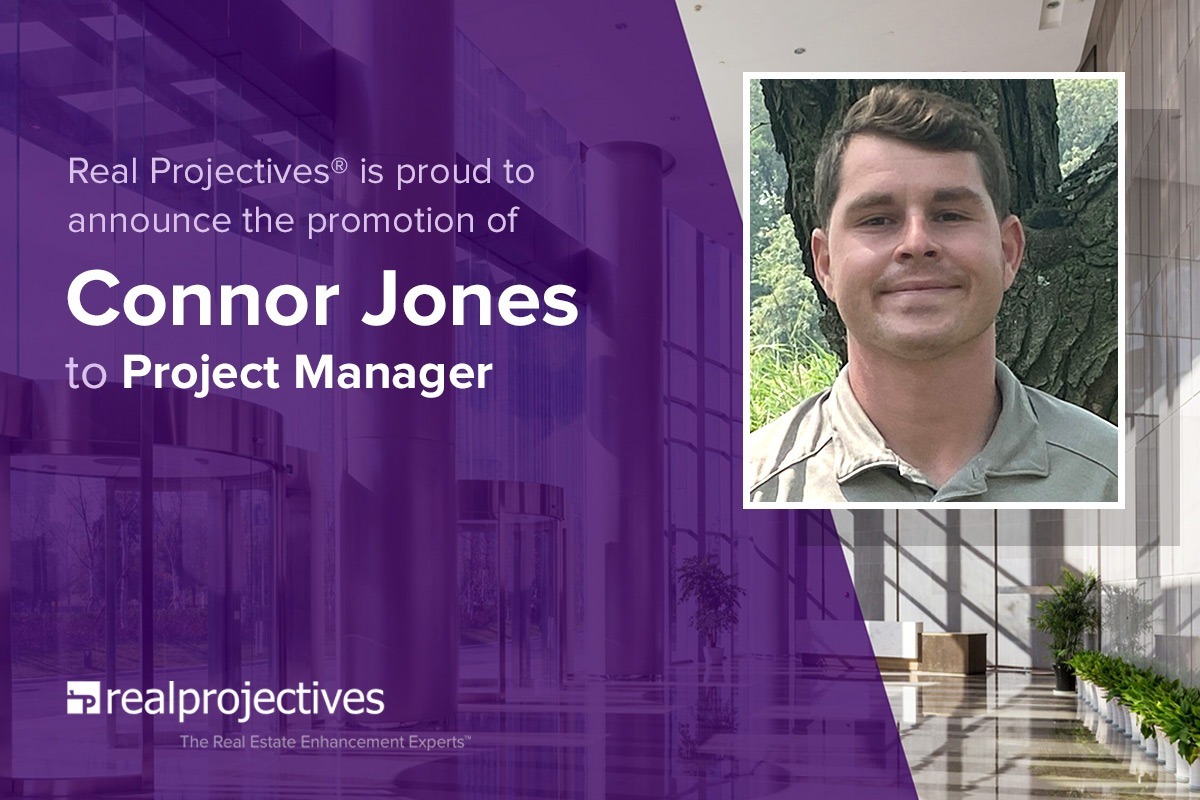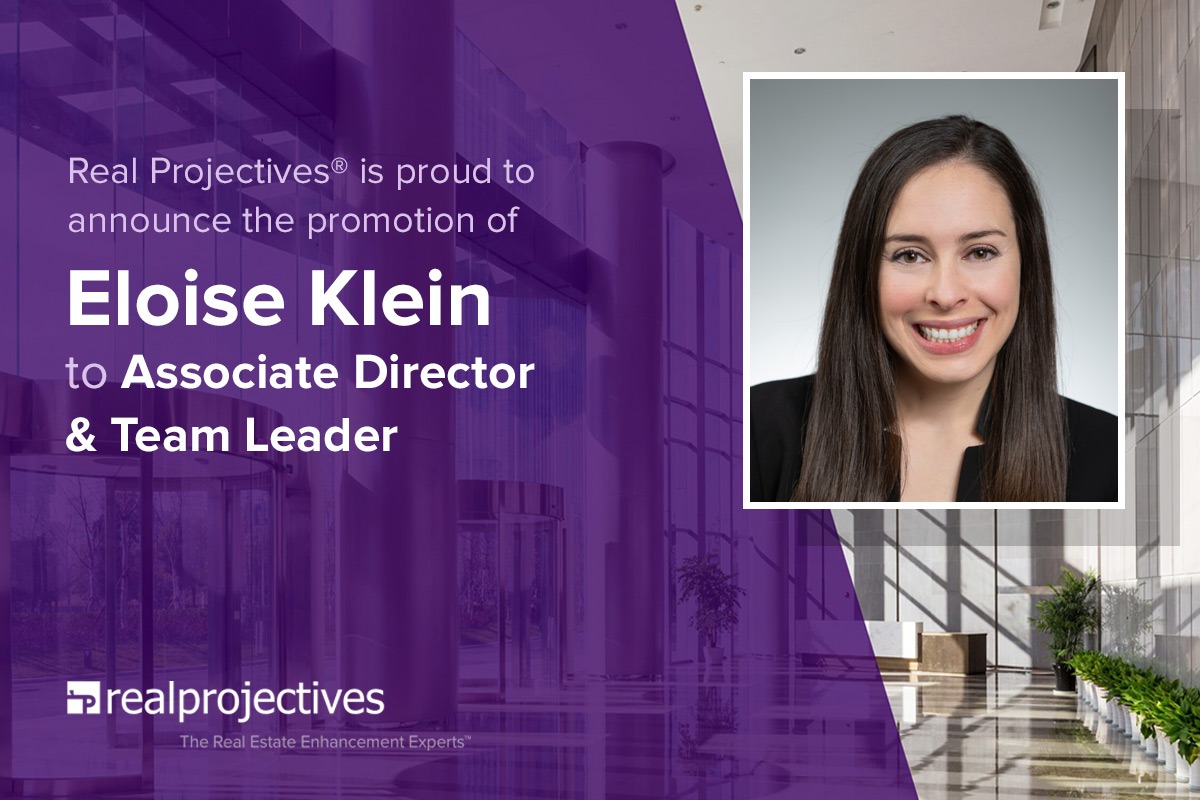Reduce risks and unwanted surprises for your real estate improvement projects: Engage an owner representative.

Managing Risk Through Owner Representation
Wouldn’t it be great if every project offered all reward and zero risk? You already know that’s fantasy. Even the smallest renovation project requires several experts and many parts to come together in the right way and right time to be successful.
New development multiplies that complexity by adding legal and political challenges over longer periods of time and exposing the process to many more things potentially going wrong. The impact of risks ranges from simply not meeting expectations, to cost overruns, to schedule delays to damaged reputation, or even total business collapse.
So smart owners designate a representative on each project to apply his or her knowledge and experience to foresee and manage risks. As leader, the owner rep provides insight on risk factors: identifying, quantifying and planning how best to manage those when tolerance is limited. Once plans are documented, they are managed to avoid, delegate or insure against each risk.
Benefits of Owner Representation
Let’s start with this advice: If a certain risk cannot be tolerated, it should probably be avoided, even if it means not doing the project. Take note of those risks, because ignoring them could lead to business-ending failure. An example might be buying a piece of land that contains potential environmental problems: a situation not for the faint of resources.
With that basis, we’ll discuss some major elements of risk and how they can be mitigated.
Financial Risk and Beyond
Most people will first think of financial (money) risk as extra costs and/or decreased income or benefits. Managing cost expectations starts with the creation of a good budget that covers the intended scope of construction work (hard costs), supporting expenses (soft costs) and reasonable contingencies for the unknown. Documenting assumptions and obtaining supporting estimates from historical and local sources are important. And the budget should address impact costs such as lost income, lost productivity, financing interest, along with extra utilities, lighting or security required to do the work in an occupied facility. Using stipulated sum or unit price arrangements can help share those risks with the contractor.
As noted, projects are complex and commonly require many experts to work together to be successful. We have a simple belief that risks should be managed by the party that is best able to control or influence them. So, coming up with a design that satisfies code officials probably should be the responsibility of an architect or engineer. Installing a unique system should be done by a licensed specialty contractor. This approach requires an owner representative to delegate appropriate scope and negotiate written agreements with respective vendors. In our industry, contracts should be seen not as a boring task for attorneys but as an important step in properly managing risk.
On the flip side of specialization comes the need for coordination and integration. There’s a risk that the parts won’t come back together to produce the expected quality of the completed project. Therefore, it’s important for an owner representative to remind each party of the vision, align communication efforts and check deliverables along the way. Having formal meetings and document reviews at key milestones is essential, all the way from concept through occupancy and use.
Certainly, we’d be remiss not to include time risk. Many projects struggle to start or be completed on time. As described in earlier postings, creating a good schedule with realistic expectations of time is probably the most important tool for every project. An owner representative should encourage the team to think backwards while executing forwards to communicate relationships and constraints. It’s important to include review and approval periods, transportation timeline and buffers for uncooperative weather and traffic. Having Plan A, B and maybe even C alternatives is a must when time is critical (think renovations that require data center or hospital outages) and delays are not tolerable (such as with student housing and event facilities).
Who Is Responsible?
Conflicts of interest can introduce risks. If owners rely solely on their architects or contractors, the project could be undermined by these professionals making decisions that are in their best interest, but perhaps aren’t what’s best for the project. The same situation can bubble up when a certain department or staff member on the owner’s team makes decisions without the help of an independent owner representative. Even people with the best intentions can open a project to risk due to inherent biases. Make sure your project has a champion predominately driven by getting the job done.
In some instances, there is no good party to pass responsibility to so the owner/developer must shoulder the risks. Two common examples involve underground conditions and code changes. It is almost impossible to have certainty of what’s in the ground when digging, so a reasonable amount of investigation should be performed, and assumptions made. But trying to force a contractor to bear all risk will usually result in excessive padding of estimates. Code and regulation changes typically can’t be accurately predicted or controlled by the project team, so the work is arranged based on what is known and reasonable anticipation of what might change; but again, the owner should bear this burden.
Your Risk Manager
An owner representative with professional experience can foresee problems and ensure that a project stays on track to mitigate risks as much as possible. Not engaging a representative to save fees could be the biggest project risk; resulting in actual damages and reputational disaster.
If you are struggling to mitigate risks and considering owner representation, we’d be happy to discuss how we can support you. For more information on the services we offer clients, browse some of our other articles — or give us a call at 888.357.7342.


